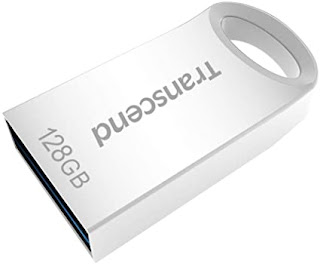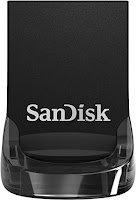Do you require a USB flash drive? A variety of USB flash drives of various capacities are available. Continue reading to learn about our top three USB flash drives.
Transcend JetFlash 710
Transcend's JetFlash 710 USB 3.1 flash drive is under 3.3g in weight. It's so little that it hardly protrudes from the USB port on your computer. This lowers the chances of it being knocked over and cracked on your desktop PC. It also means that you can leave it hooked into your laptop without having to worry about where you'll put it while you're moving.
The drive is further protected by a robust metal housing. This not only increases its power, but it also aids heat dissipation, assuring consistent performance.
SanDisk Cruzer Fit
One of the tiniest USB flash drives is the SanDisk Cruzer Fit. The dimensions of this ultra-compact variant are 0.69 x 0.5 x 0.03 inches!
It is, however, far too sluggish for everyday transfers. However, there are times when this drive comes in handy.
If you simply need to move a few files from one location to another, the poor transfer speed may likely go unnoticed. This is especially true if you mostly work with smaller file types like Word documents. You won't have any difficulties storing data on the drive just for reading purposes.
such as MP3 files to be played on a vehicle radio with USB capability. Whether or not you can manage the rather sluggish transfer speeds determines whether or not this drive is suited for you. However, if you're simply interested in the tiniest USB available.
SanDisk Ultra Fit
Let us introduce you to the SanDisk Ultra Fit if you were surprised by the fact that the SanDisk Cruzer Fit is just USB 2.0 compatible. With a read speed of 130MB/s, this tiny drive supports USB 3.1, which is nearly 15 times quicker than USB 2.0 devices.



